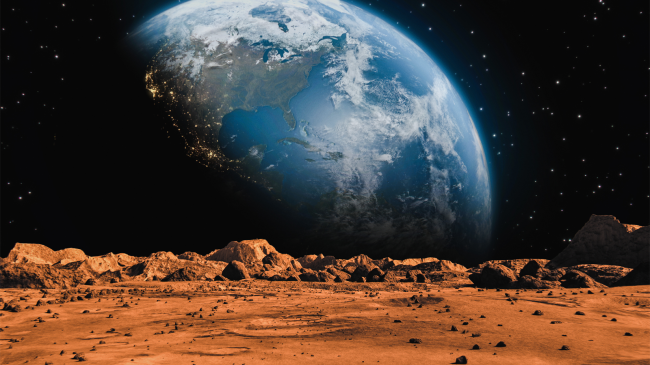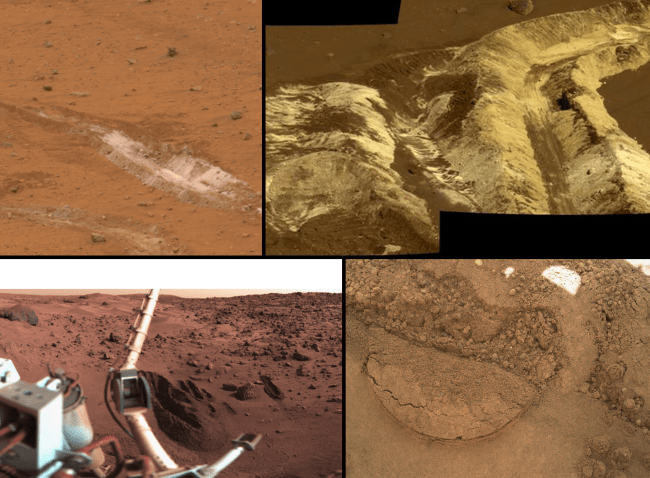
iStockphoto
Scientists have created an artificial intelligence program that can detect alien life with remarkable accuracy, but they don’t completely understand how it is able to do it.
The artificial intelligence program was created by a seven-member team funded by the John Templeton Foundation and led by Jim Cleaves and Robert Hazen of the Carnegie Institution for Science.
Their findings were recently published in the journal Proceedings of the National Academy of Sciences.
In their report, the researchers reveal that their artificial intelligence-based method uses a machine-learning algorithm which can distinguish between biological samples and abiotic, or nonbiological, samples with 90% accuracy.
“This routine analytical method has the potential to revolutionize the search for extraterrestrial life and deepen our understanding of both the origin and chemistry of the earliest life on Earth,” said Dr. Hazen. “It opens the way to using smart sensors on robotic spacecraft, landers and rovers to search for signs of life before the samples return to Earth.”
Most immediately, the new test could reveal the history of mysterious, ancient rocks on Earth, and possibly that of samples already collected by the Mars Curiosity rover’s Sample Analysis at Mars (SAM) instrument.
“The implications of this new research are many, but there are three big takeaways: First, at some deep level, biochemistry differs from abiotic organic chemistry; second, we can look at Mars and ancient Earth samples to tell if they were once alive; and third, it is likely this new method could distinguish alternative biospheres from those of Earth, with significant implications for future astrobiology missions,” said lead author Jim Cleaves of the Earth and Planets Laboratory, Carnegie Institution for Science, Washington, DC.
Dr. Hazen added, “These results mean that we may be able to find a lifeform from another planet, another biosphere, even if it is very different from the life we know on Earth. And, if we do find signs of life elsewhere, we can tell if life on Earth and other planets derived from a common or different origin.”
“Put another way, the method should be able to detect alien biochemistries, as well as Earth life. That is a big deal because it’s relatively easy to spot the molecular biomarkers of Earth life, but we cannot assume that alien life will use DNA, amino acids, etc. Our method looks for patterns in molecular distributions that arise from life’s demand for ‘functional’ molecules.
“What really astonished us was that we trained our machine-learning model to predict only two sample types – biotic or abiotic – but the method discovered three distinct populations: abiotic, living biotic, and fossil biotic. In other words, it could tell more recent biological samples from fossil samples – a newly plucked leaf or vegetable, say, versus something that died long ago.”
